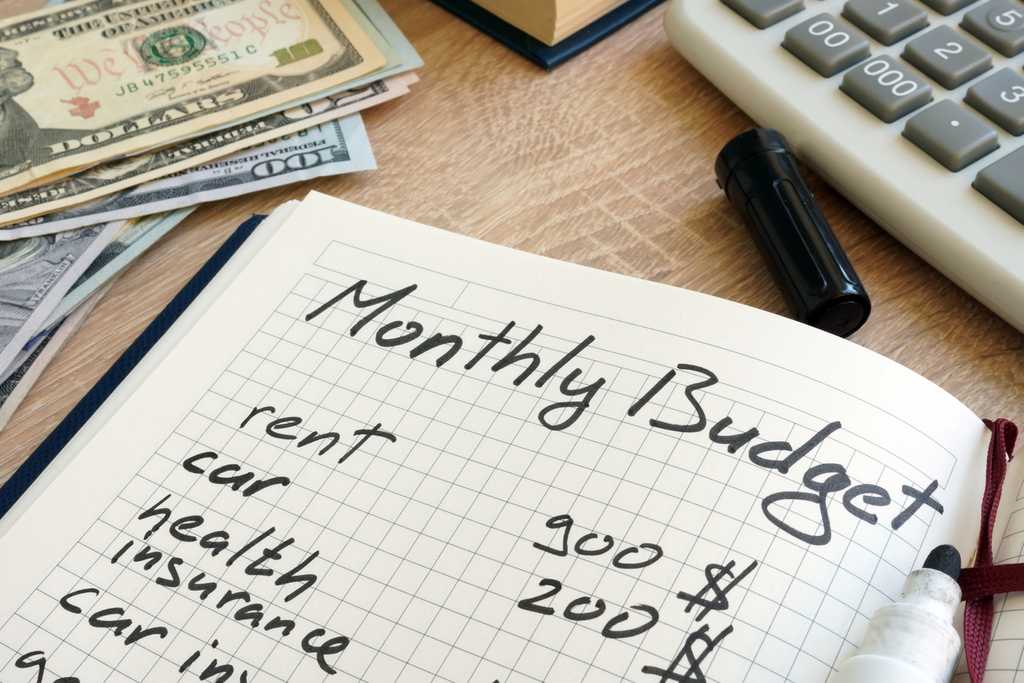A budget is a plan for how you'll spend your money. It’s based on how much you make and the expenses you have. Think of it as estimating how much money you spend and earn over a certain time period.
You can use a budget in different ways, whether it’s for you individually or as a family. It involves looking at different categories of spending or expenditures and how your income will be allocated into them.
The good news is there are different ways to budget, whether you want to keep track of your money in a notebook, spreadsheet, or a dedicated budgeting app. There are also different budgeting methods as well, so you can find a solution that works for you.
Why is budgeting so important?
One of the most obvious reasons why budgeting is important is because it allows you to look at your money more holistically and see where you can allocate it in a way that helps you achieve your goals.
More specifically, budgeting is important for several reasons, including:
- Helping you live within your means: Understanding exactly what you earn will ensure you’re not spending too much, putting you at risk of taking on a lot of debt or other types of serious financial consequences, such as the inability to pay your rent.
- Getting you out of debt: A budget gives you an opportunity to see exactly how much you owe and make a realistic plan to help you become debt free. It also helps you to keep accountable since a plan can help you reduce the chance you’ll overspend.
- Having a better relationship with your money: Knowing where your money comes in and goes out gives you a better idea on how you spend your money. For instance, you may be able to tell after you track your money that you need to cut back on dining out since you want to put aside more for your emergency fund. Doing so can also alleviate a lot of stress you may have been feeling about your finances.
What is the purpose of a budget?
The purpose of a budget is to have more control over your finances. It isn't about cutting back and deprivation. In fact, it's about making a plan that's right for you and your needs, whether that's saving for a house or finding ways to afford eating out at restaurants you love.
How to start a budget
Making a budget doesn't need to be complicated. It starts by figuring out what your take-home pay is each month, the debts you owe, tracking expenses, and current account balances. With this information, you'll need to figure out what your goals and priorities are and choose a budgeting system that will help you achieve them.
Tips to sticking to your budget
It’s important to remember that a budget is meant to work for you. That means it should be flexible and adaptable to your lifestyle. In other words, it can change as you encounter different goals or life stages, such as becoming debt free or when you’re ready to start a family.
Other tips to help you stick with your budget include:
- Remembering your why: It's easy to get off track. But by remembering why you're trying to budget in the first place will help you stay on track.
- Try out different methods: There isn’t a right budget for every person, so it’s important to experiment in the beginning to find a method you like and works for you.
- Automate: You can help make it easier by doing things like setting up autopay for bills or towards savings goals. You can even consider downloading a budgeting app to track your spending automatically.
- Give yourself some wiggle room: If you don’t let your budget breathe a little, you may end up rebelling. Consider padding your entertainment budget, for example, so you don't feel like you’re totally depriving yourself.
In the last few years, there have been a lot of great budgeting apps released that connect to your bank accounts and can automatically calculate your monthly spending and savings. Rocket Money, for example, keeps track of your spending and will alert you when you are overpaying for subscriptions and telephone service.
What are the different types of budgeting techniques?
There is no one right method of budgeting -- as long as you reach your financial goals, that's all that matters. While there are many different methods, there are four popular ones people usually gravitate towards.
Zero-based budgeting
The goal of a zero-based budgeting is to allocate every dollar of income to your chosen categories every month. Looking at it the other way, your spending priorities are based at zero every month, and you fund them till you’re satisfied with the outcome.
It works like this: you take your monthly take-home income and allocate it to categories such as savings, utilities, housing, food, and entertainment. Then, as you’re spending your money each month, you’ll need to track which category the spending belongs to. If there’s money left over — like if you didn’t spend all the money in the entertainment category — you can carry it over into the next month.
50/30/20
The numbers in this type of budget refer to the percentages or buckets you put your income towards, and it is a bit more flexible than the zero-based budgeting method. Specifically, you should divide 50% of your income to necessities, 30% to wants, and 20% towards debt repayment and savings.
With this method, you can reach your goals without feeling overwhelmed with sticking to more specific categories.
The cash envelope technique
Think of this as a type of zero-based budgeting system, except you’re only using cash for certain categories. The point is to help you avoid overspending, especially if you have had trouble with it in the past. It can also help you keep track of paying down debt because you can customize your cash envelopes with the amount of money you have left over after allocating money to debt payments and savings.
The categories for cash spending should come from the “wants” from the 50/30/20 method. This is money for discretionary spending like restaurants, entertainment and other non-essential items. You put your cash in different envelopes (for example, one labeled “coffees,” one labeled “books,” and one labeled “nights out”) in amounts you think are appropriate. Then you can only spend on those items using the cash. If it runs out, you can consider “borrowing” from other envelopes or waiting until next time you can refill the envelopes.
One drawback of this method is that buying items – even impulse purchases – often happens with a card. Signing up for a new subscription service might be a discretionary expense, but you won’t be able to do it with cash.
Savings first
The pay yourself first method is probably the most flexible budgeting method because it doesn’t require you to look at every penny you spend outside of savings. Instead, you set a dedicated amount or percentage of monthly income towards savings and retirement. How you spend the rest is up to you. You can go even further by setting a dedicated amount towards debt as well, then choosing how you want to spend the remainder of your income.

